-
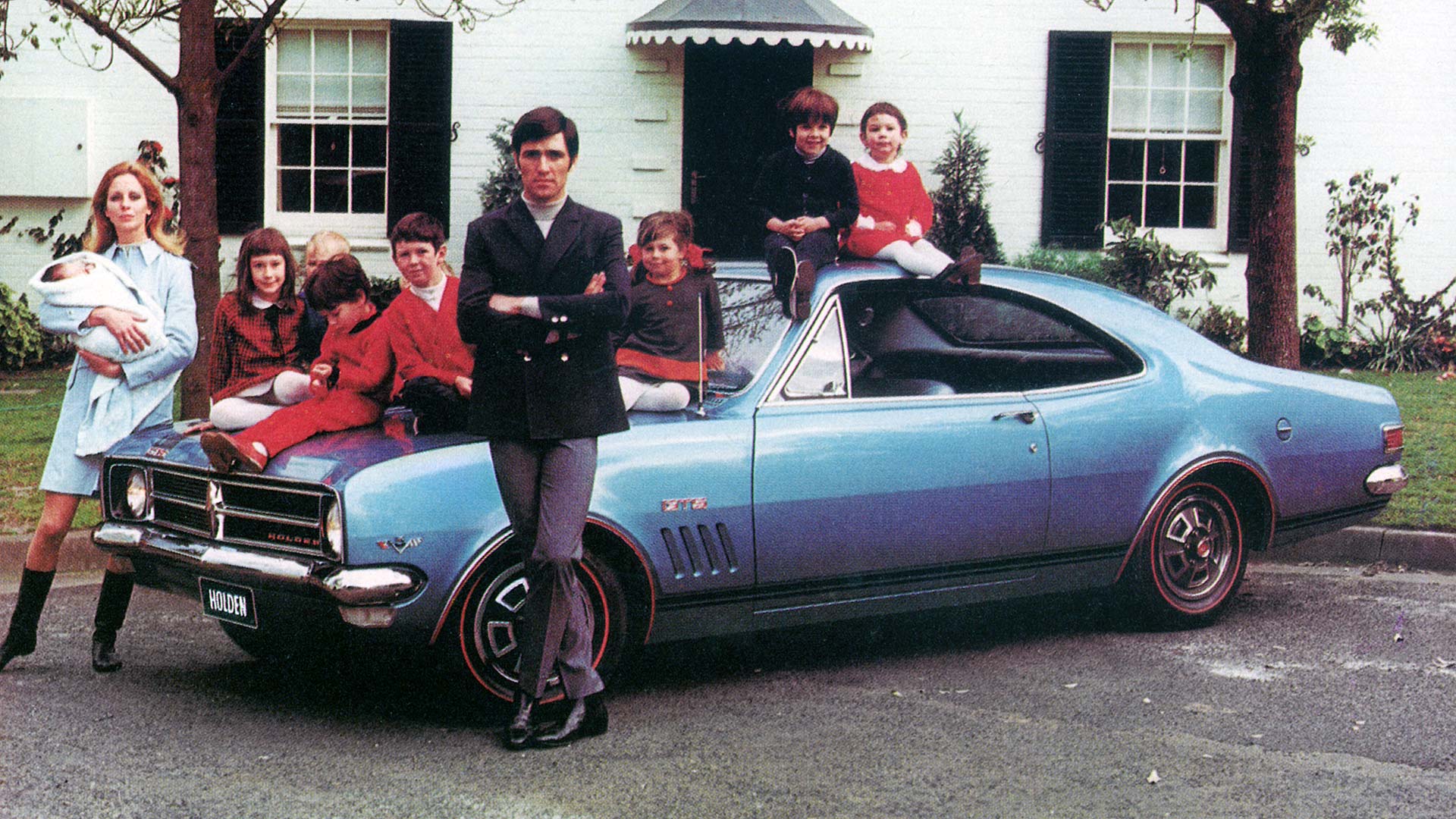
Non-American muscle
© HoldenThe muscle car is as American as Bruce Springsteen, corn dogs and a home run. Or is it? Well, the muscle car may have been born in the USA, but stuffing an oversized engine into an unsuspecting coupe or saloon has been tried extensively elsewhere. Here are some of the greatest muscle cars from outside the 50 states.
-
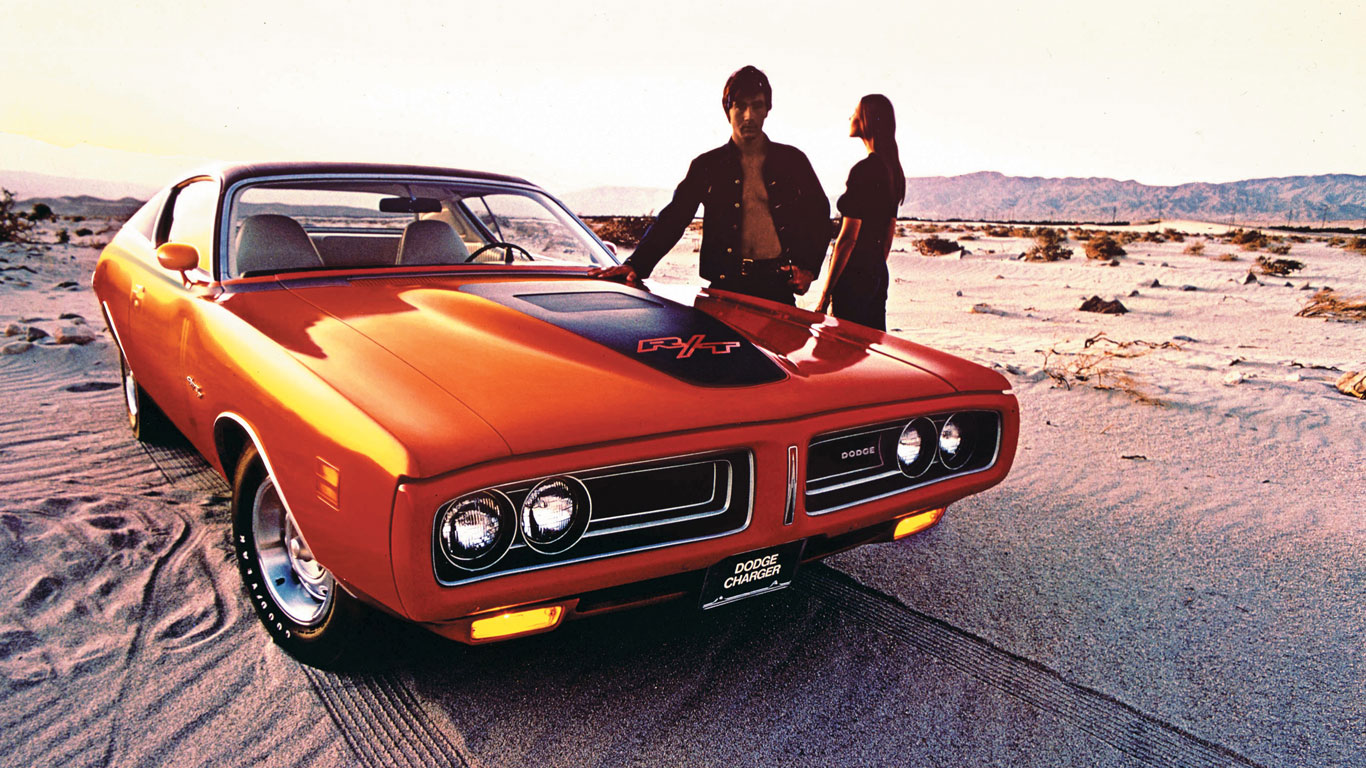
What is a muscle car
© DodgeSo what exactly is a muscle car? Road Test magazine nailed it in June 1967, by saying: ‘It is a product of the American car industry adhering to the hot rodder’s philosophy of taking a small car and putting a BIG engine in it. To balance this out, handling, braking and related essentials are modified to result in a performance machine for the streets.’
-
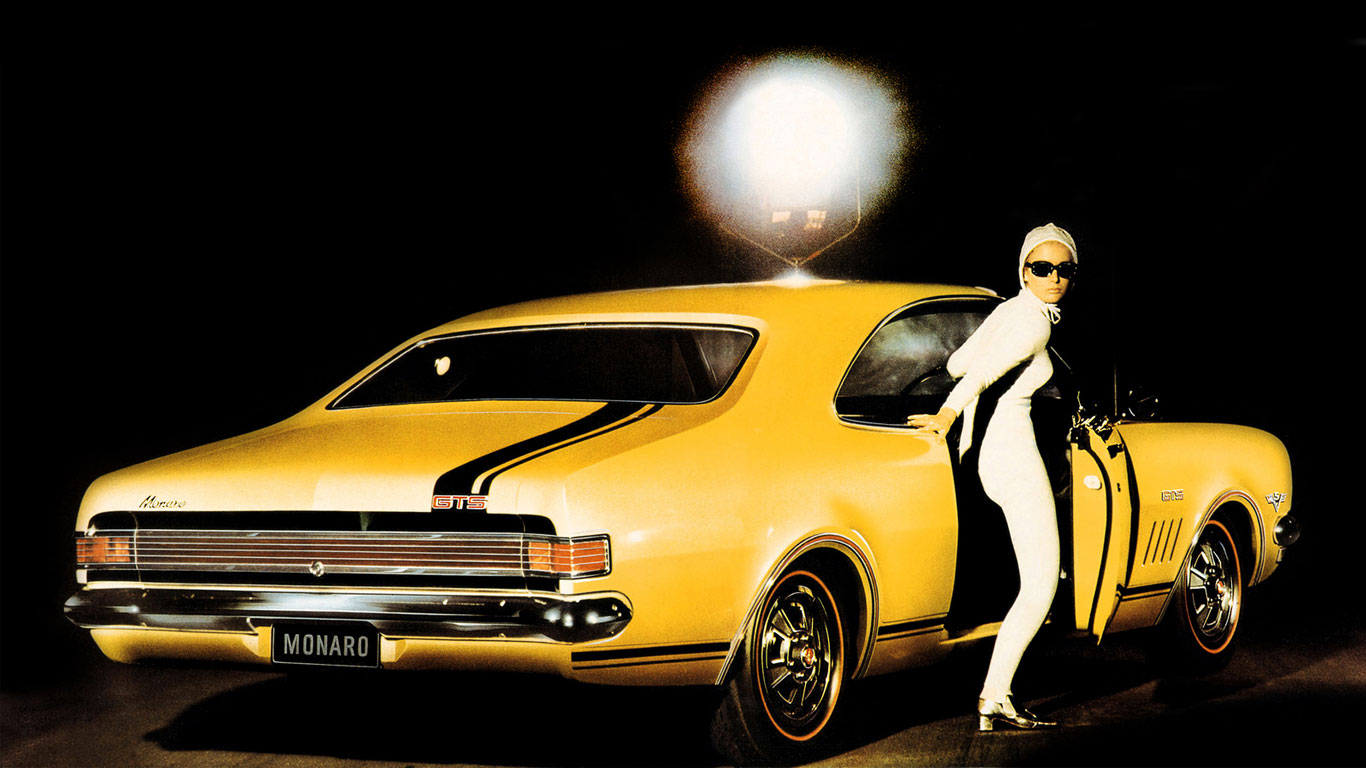
Holden HK Monaro GTS
© HoldenAccording to the Muscle Car Club, a muscle car must be an ‘intermediate sized, performance oriented model, powered by a large V8 engine, at an affordable price’. Cars like the Holden Monaro, then?
Along with the Ford Falcon, the Monaro was the Aussie rules interpretation of the muscle car recipe. The GTS and GTS 327 were powered by an American V8, yet uniquely Australian in character. The GTS 327 was the first Holden to win the fabled Bathurst ‘Great Race’, with Bruce McPhee and Barry Mulholland claiming victory in 1968.
-
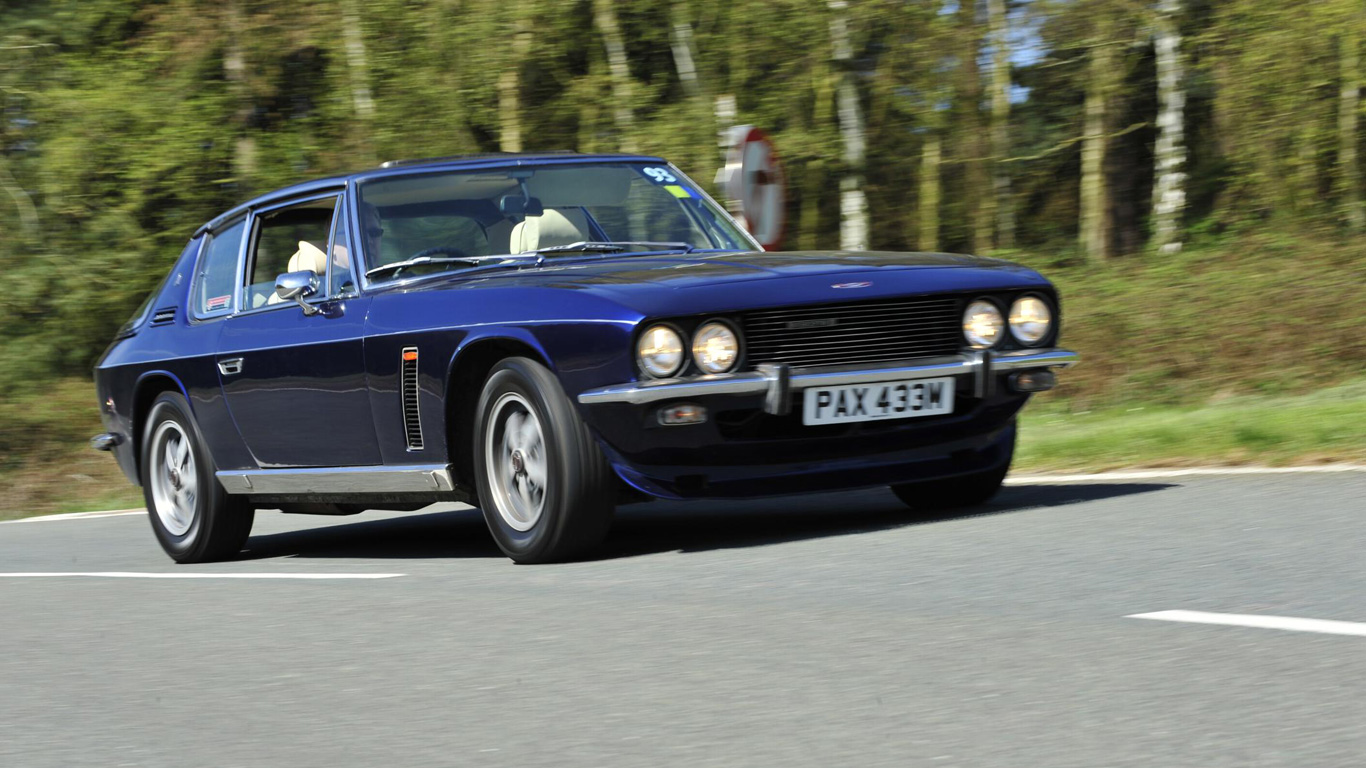
Jensen Interceptor
© NewspressA muscle car is not a ‘British sports car, a Morgan, TVR or Jaguar, which could never be regarded as fitting the bill”, so says Jim Glastonbury in the Ultimate Guide to Muscle Cars. As a GT car, the Jensen Interceptor isn’t a classic muscle car as such, but with a Chrysler V8 at the front and classic rear-wheel-drive handling, it’s arguably a muscle car in spirit. It also has the right name: Charger, Challenger, Interceptor – it feels part of the same club.
-
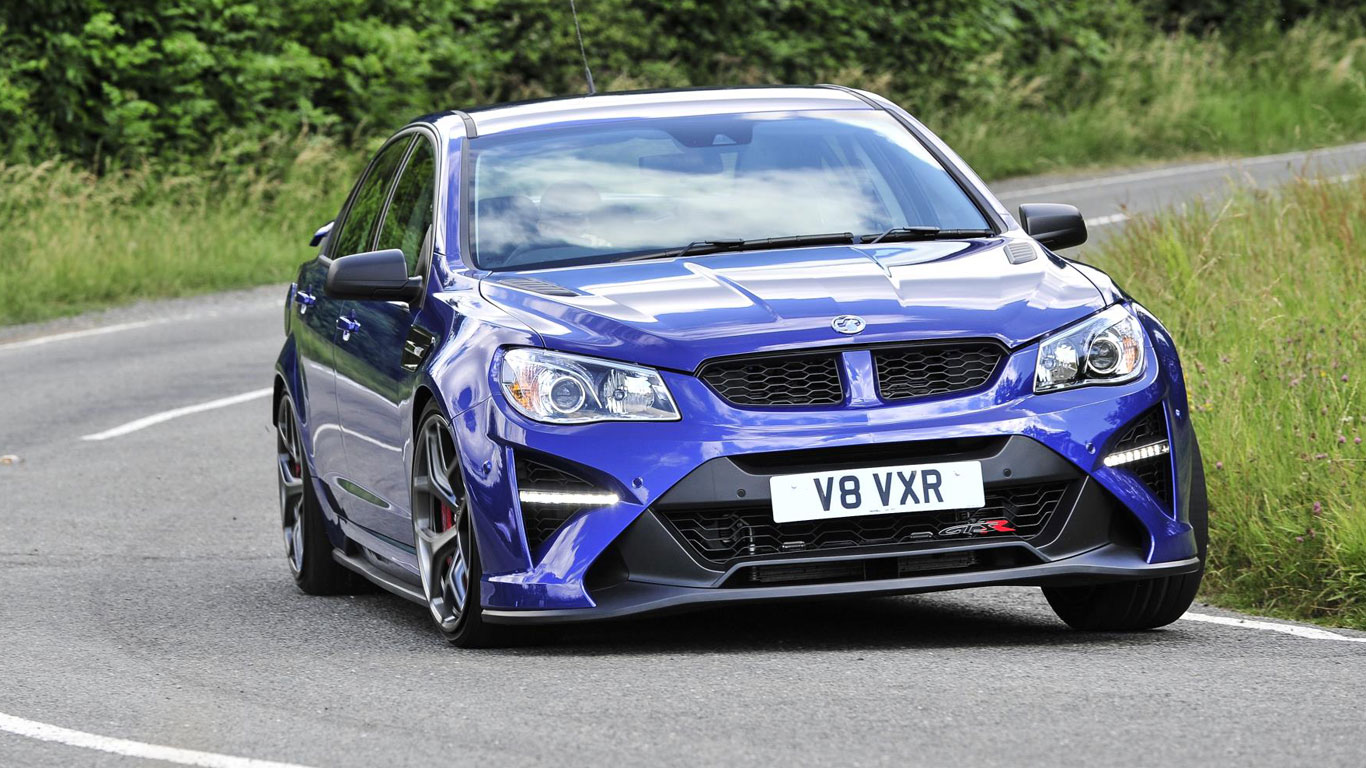
Vauxhall VXR8 GTS-R
© VauxhallThe Holden marque’s demise in 2020 signalled the end for the Vauxhall VXR8, which signed off in style with the GTS-R special edition.
Just 15 of these 6.2-liter V8 supercharged monsters were sent to the UK, each one with a price tag of £74,500 (just over $100,000). With 595hp and 545lb ft of torque, it’s the most powerful production car in Vauxhall’s history, with an ability to hit 60mph in just 4.2 seconds.
-
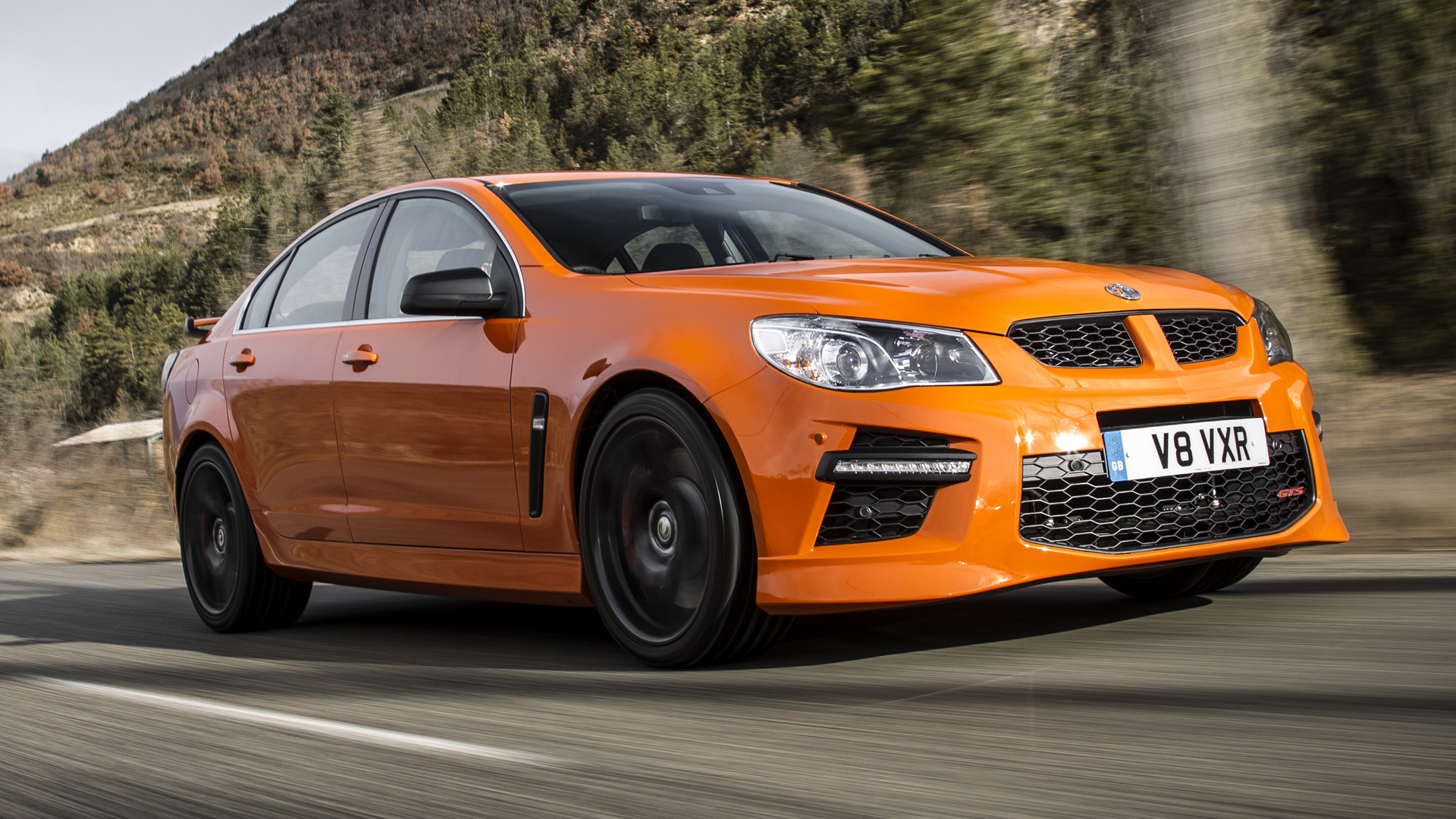
Vauxhall VXR8 GTS
© VauxhallWe also had to squeeze in the VXR8 GTS, mainly for that awesome cover photo of it going sideways on the Route Napoleon. It’s strange to think this was sold in Vauxhall showrooms alongside the Viva, Corsa and Astra. That said, a Camaro-sourced 6.2-liter supercharged V8 box for less than £55,000 ($75,000) seemed characteristically good value (well, by UK standards…).
-
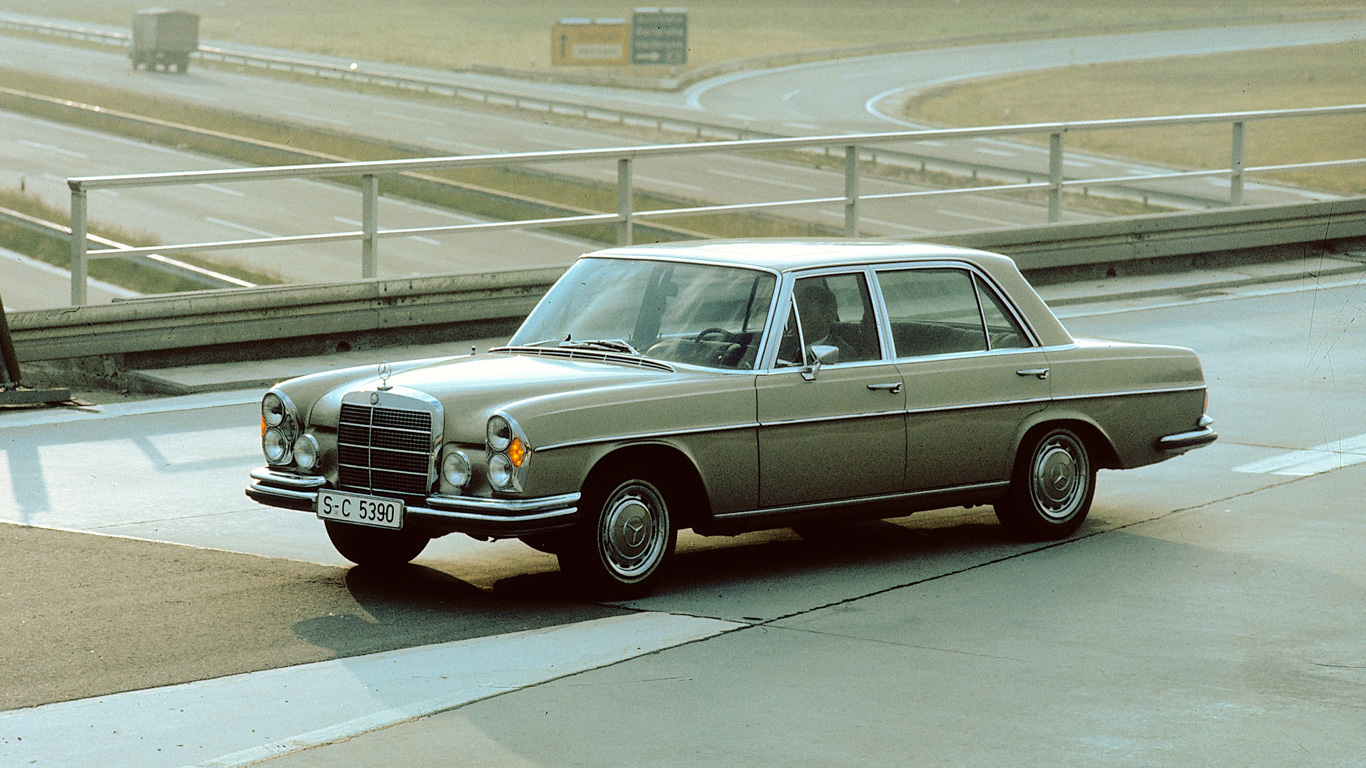
Mercedes-Benz 300 SEL 6.3
© Mercedes-BenzSome readers will be choking on their Pop Tarts at the mere thought of a Mercedes-Benz included in a list of muscle cars, but hear us out. Admire the lunacy of taking a 6.3-liter V8 engine from the S-Class of the day and shoehorning it into a smaller four-door saloon. The 300 SEL 6.3 could sprint to 62mph in under 7.4 seconds, giving it the ability to rub shoulders with the Jaguar E-Type and Porsche 911. It was also the godfather of AMG.
-
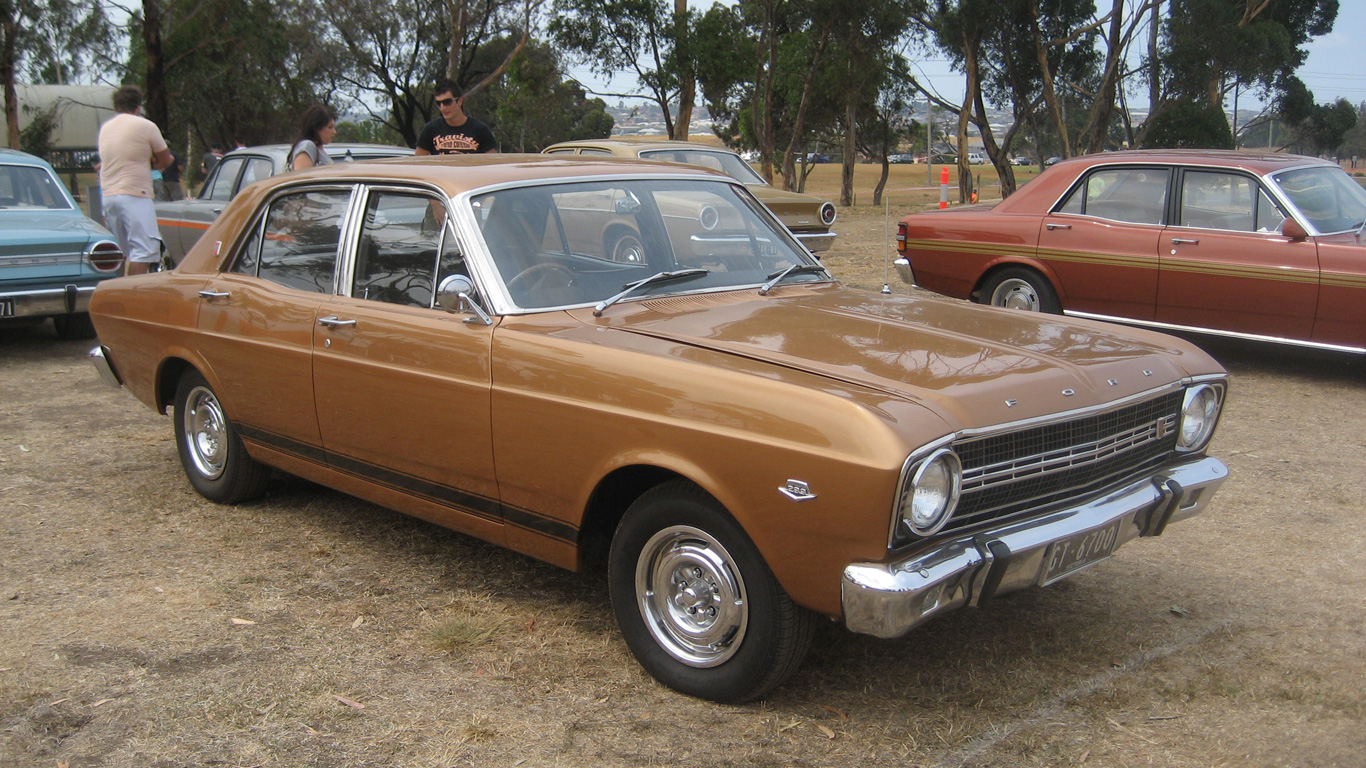
Ford Falcon XR GT
© Sicnag WikipediaFace it, if any country could challenge America’s claim for muscle car supremacy, it would be Australia. You can thank Bill Bourke of Ford Australia for taking the humble Falcon saloon and transforming it into a performance car of merit. Launched in 1967, the XR GT was powered by the same Windsor V8 you’d find in the Mustang, developing 225hp. The Falcon XR GT was there at the birth of the Australian muscle car.
-
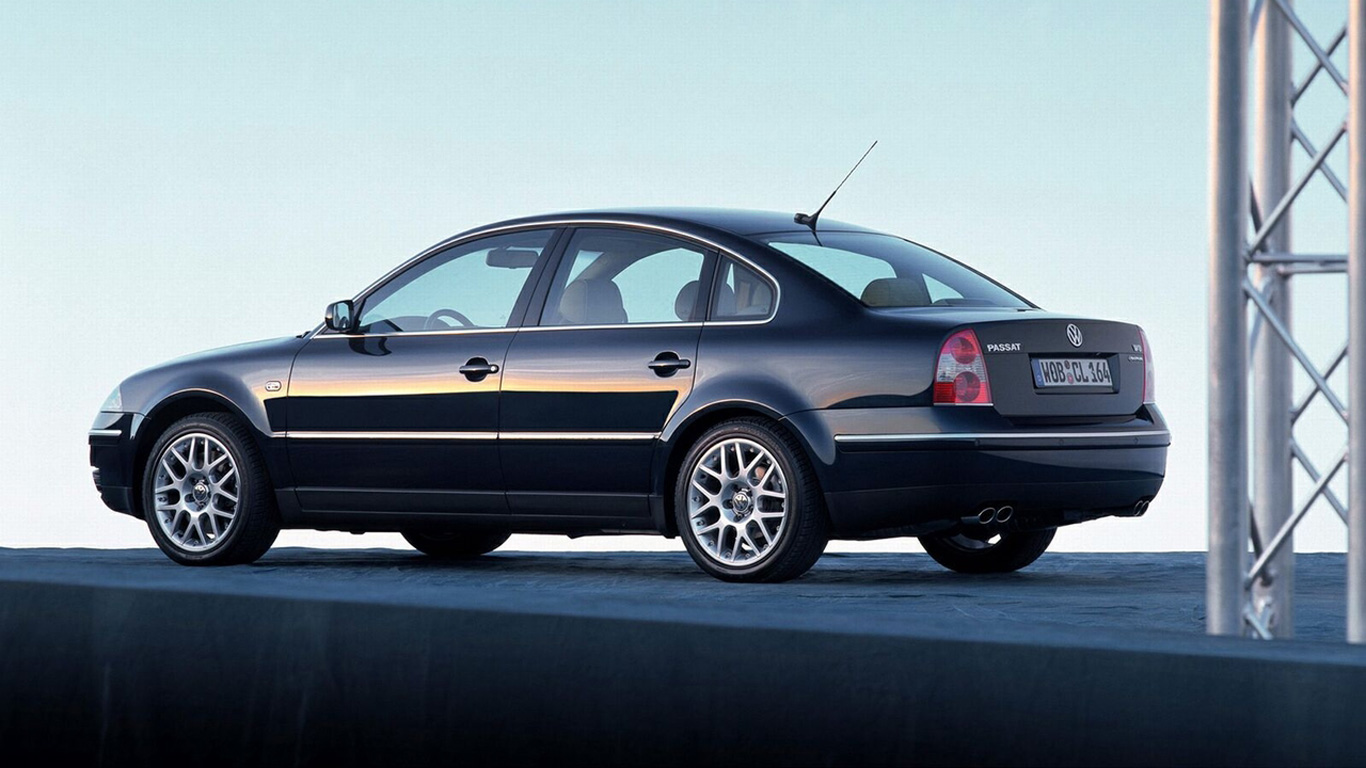
Volkswagen Passat W8
© VolkswagenLook, we have to offer a few wild cards, don’t we? Jim Glastonbury was rather dismissive of Europe’s potential to build a muscle car, saying: ‘… nor is it a German Porsche, which is too efficient and too clever by half’. But what about a Volkswagen Passat? It’s powered by a flat-plane crank V8 engine, so it certainly ticks the ‘big engine/smallish car’ box. You’re not convinced, are you? In truth, neither are we.
-
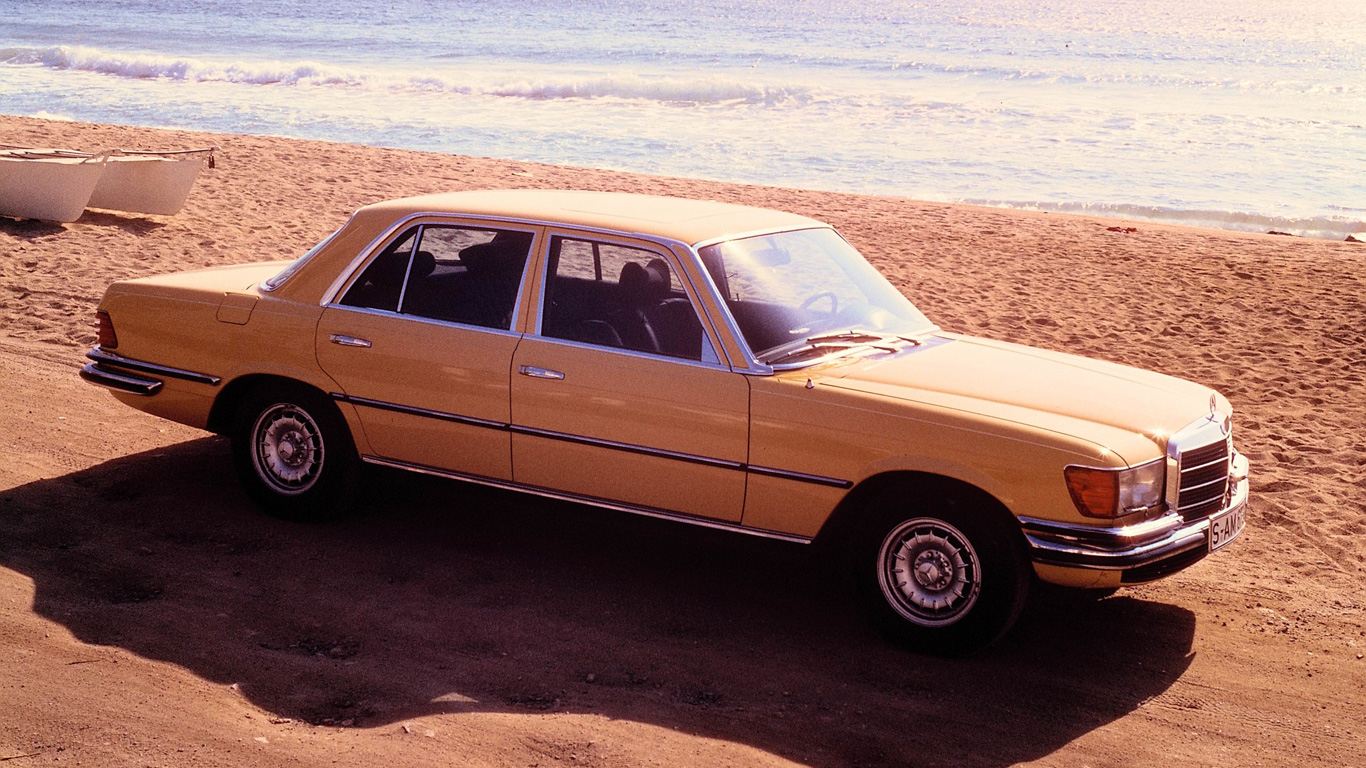
Mercedes-Benz 450 SEL 6.9
© Mercedes-BenzWe’re not giving up with the Mercedes-Benz thing. The way we see it, the recipe for the American muscle car is deep rooted and set in stone. But for the rest of the world, a little rule-bending should be allowed. The 450 SEL was powered by a 6.9-liter V8, giving this German colossus the power to give a sports car driver sleepless nights. We do concede that it wasn’t exactly cheap, but the 450 SEL didn’t lack muscle.
-
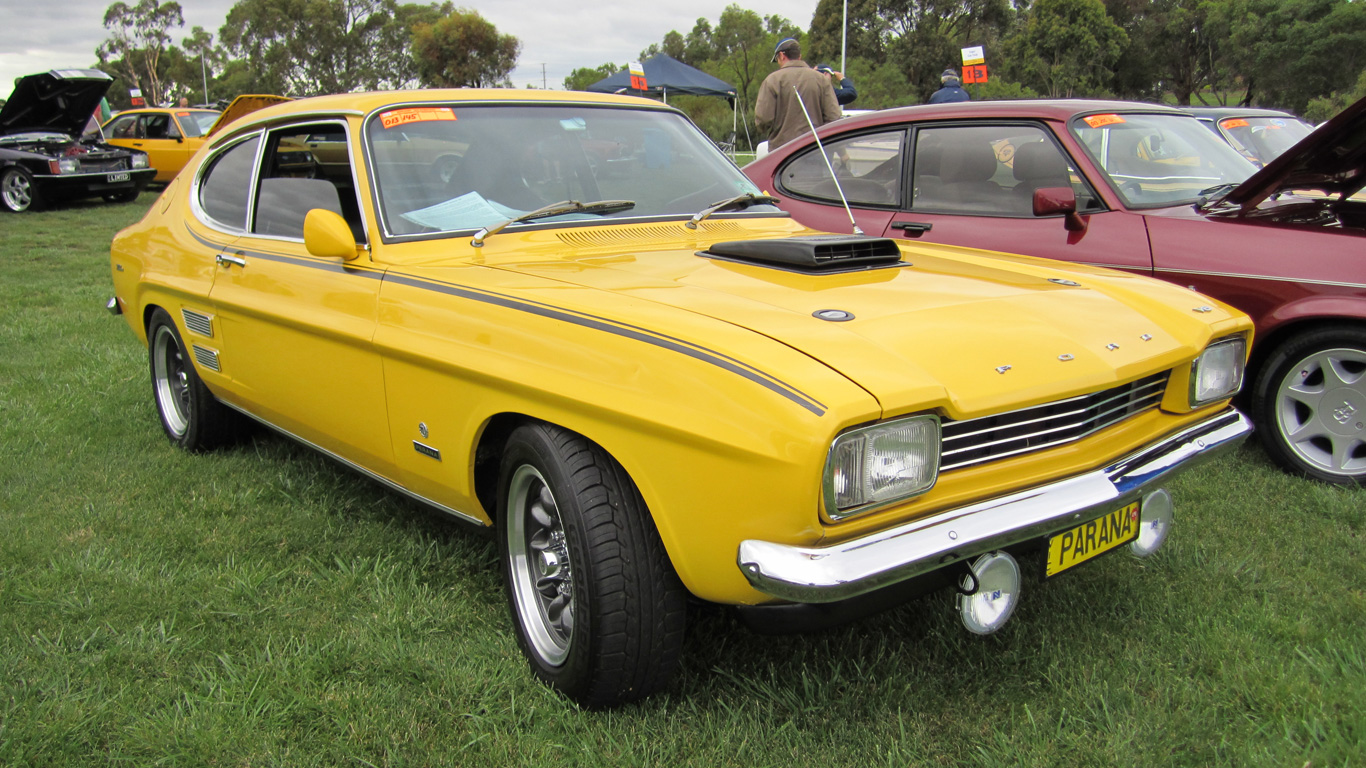
Ford Capri Perana
© Sicnag WikipediaAs the ‘European Mustang’, you could argue that the Ford Capri was more pony car than muscle car, but that’s a debate for another day. For now, marvel at Ford South Africa’s decision to chuck a 5.0-liter V8 engine into a Mk1 Ford Capri 3000 XL and offer it for sale with a standard warranty. Ford also sanctioned a host of upgrades, including lowered suspension and a custom limited-slip differential from a Ford Falcon XW. The best Ford Capri we never got?
-
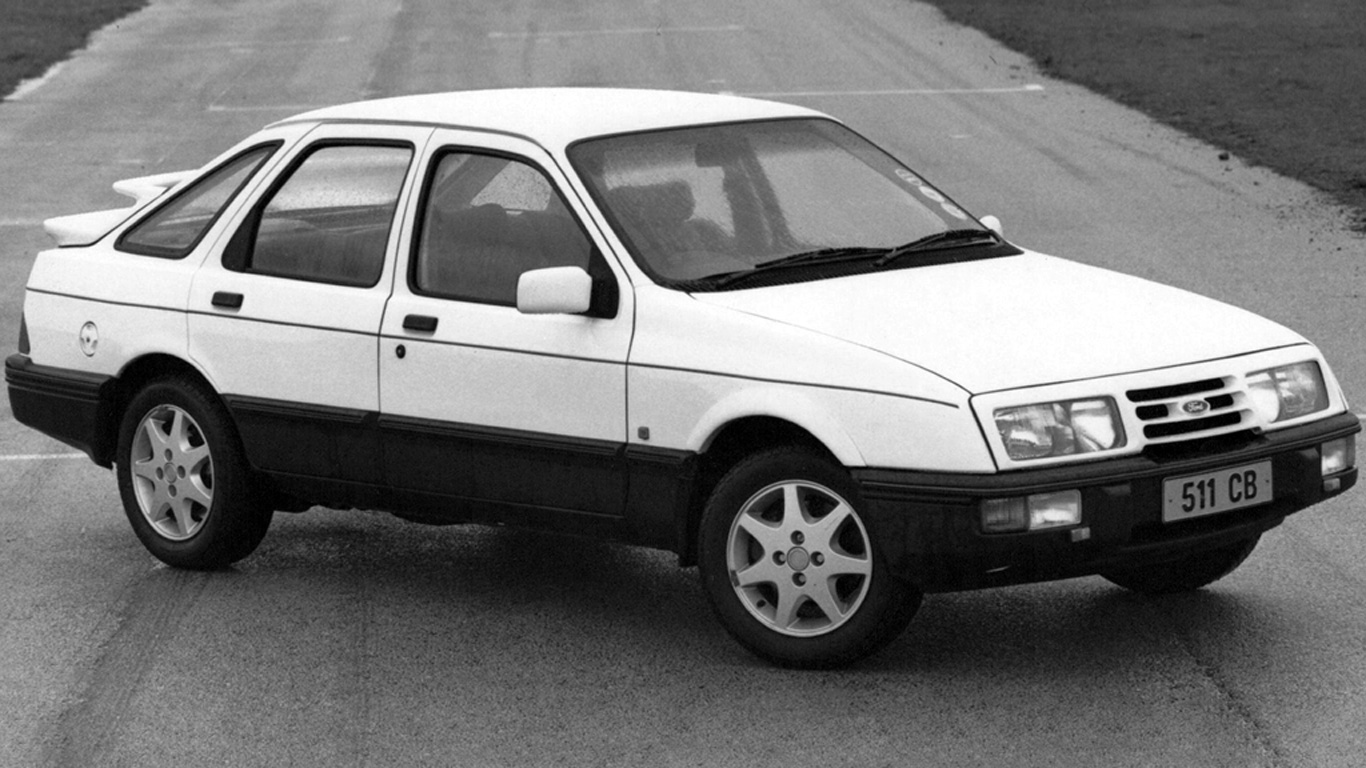
Ford Sierra XR8
© FordGod bless South Africa for giving the world these two unlikely V8 heroes. First the Capri Perana and now this: the Ford Sierra XR8. It wasn’t exactly packed with muscle – a mere 209 horses – but a host of upgrades and the fact that it was relatively light for a V8 car meant it was rather good on road and track. You can imagine how rumbly it sounds.
-
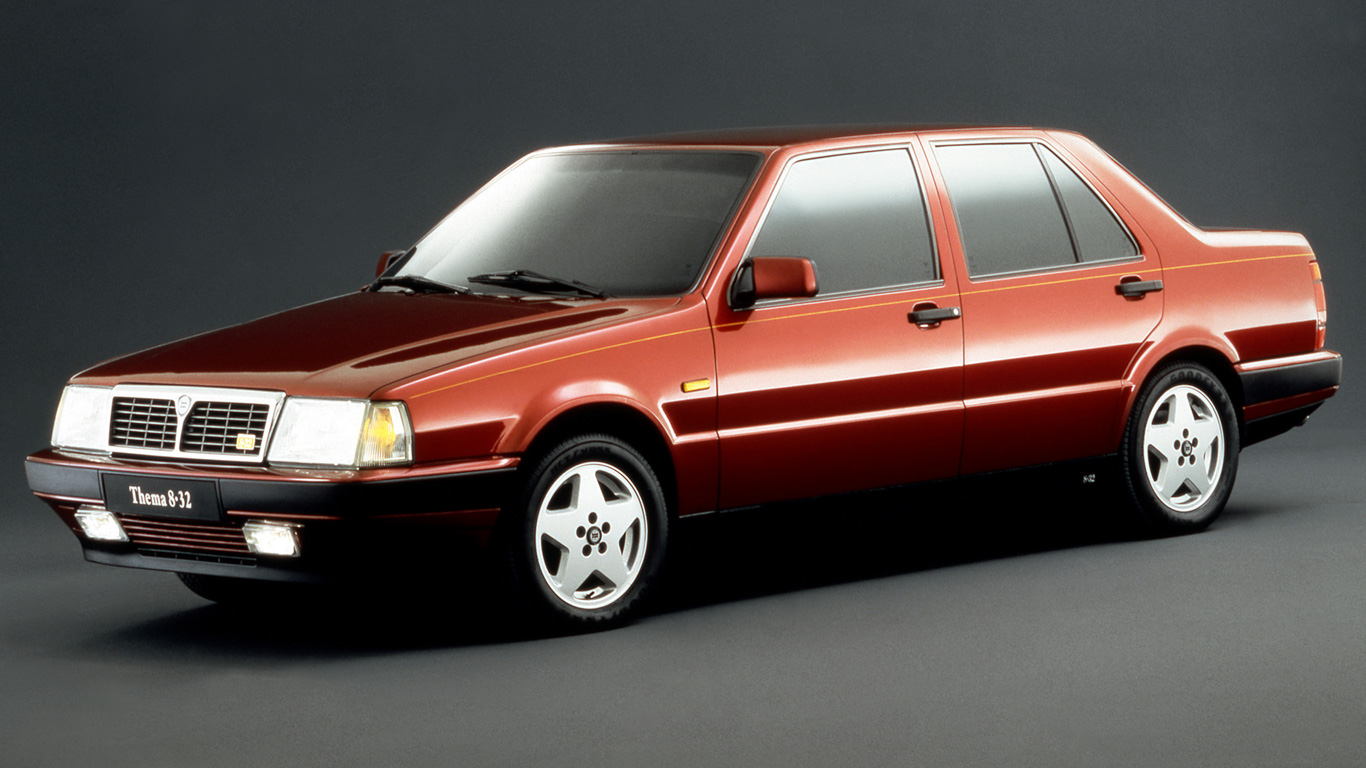
Lancia Thema 8.32
© LanciaIs this the closest Lancia ever got to building a muscle car? The Thema is front-wheel drive, which doesn’t give it the best of starts, but with a thumping great Ferrari-sourced 2.9-liter V8 engine, it begins to claw back some ground. Lancia also uprated the steering, brakes and suspension, while adding a trick rear spoiler.
-
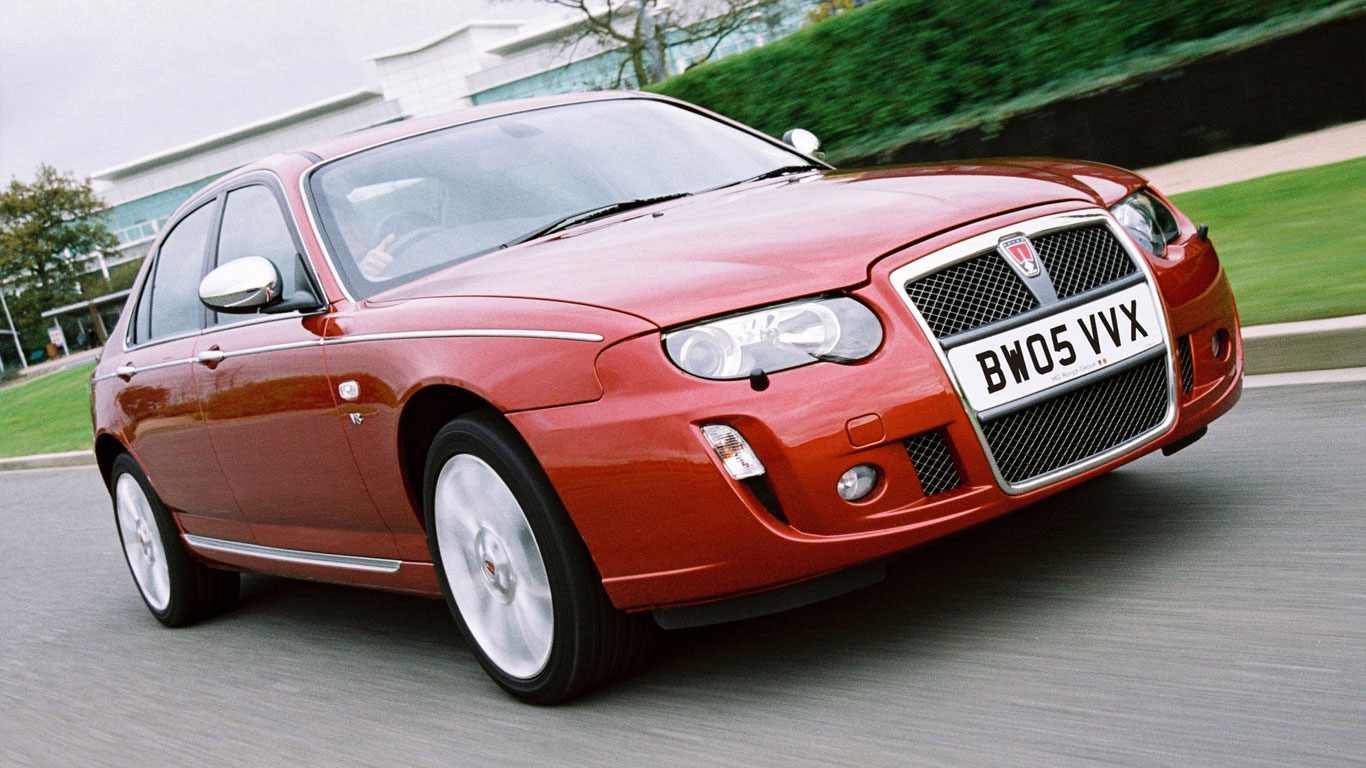
Rover 75 V8
© RoverYou could argue, with some justification, that the Rover SD1 3500 has a whiff of muscle car about it, but we’re opting for the Rover 75 V8. The company went to extraordinary lengths in order to crowbar a 4.6-liter V8 engine into the front, while the conversion from front- to rear-wheel drive is the stuff of legend. The results weren’t altogether successful, but this was like your grandad taking up wrestling. And for that, we applaud it.
-
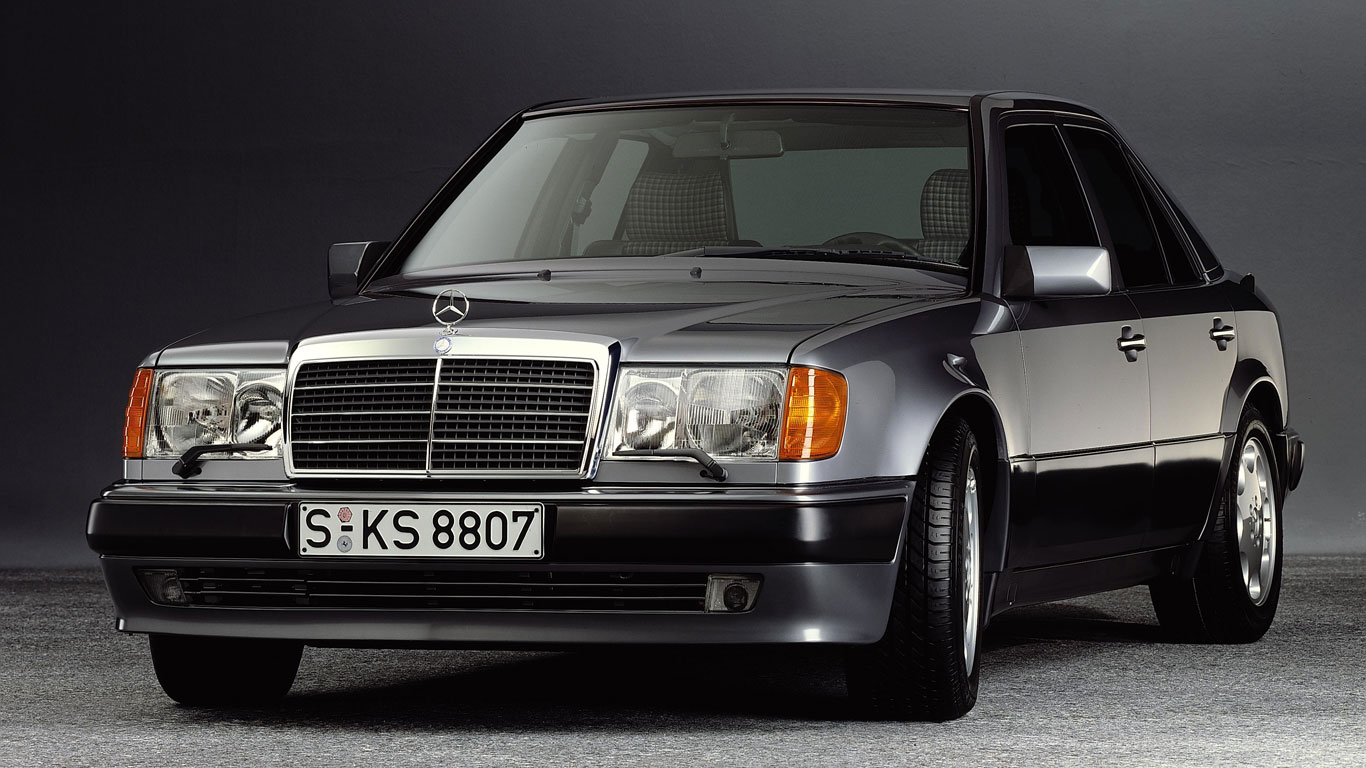
Mercedes-Benz 500E
© Mercedes-BenzPart-Mercedes-Benz, part-Porsche, but 100 percent muscle car, right? Ditching the straight-six for a 5.0-liter V8 meant the 500E developed 326hp and could reach a top speed of 160mph. And yet it looked like a regular W124, leading Mercedes-Benz to give it the nickname ‘The Velvet Hammer’.
-
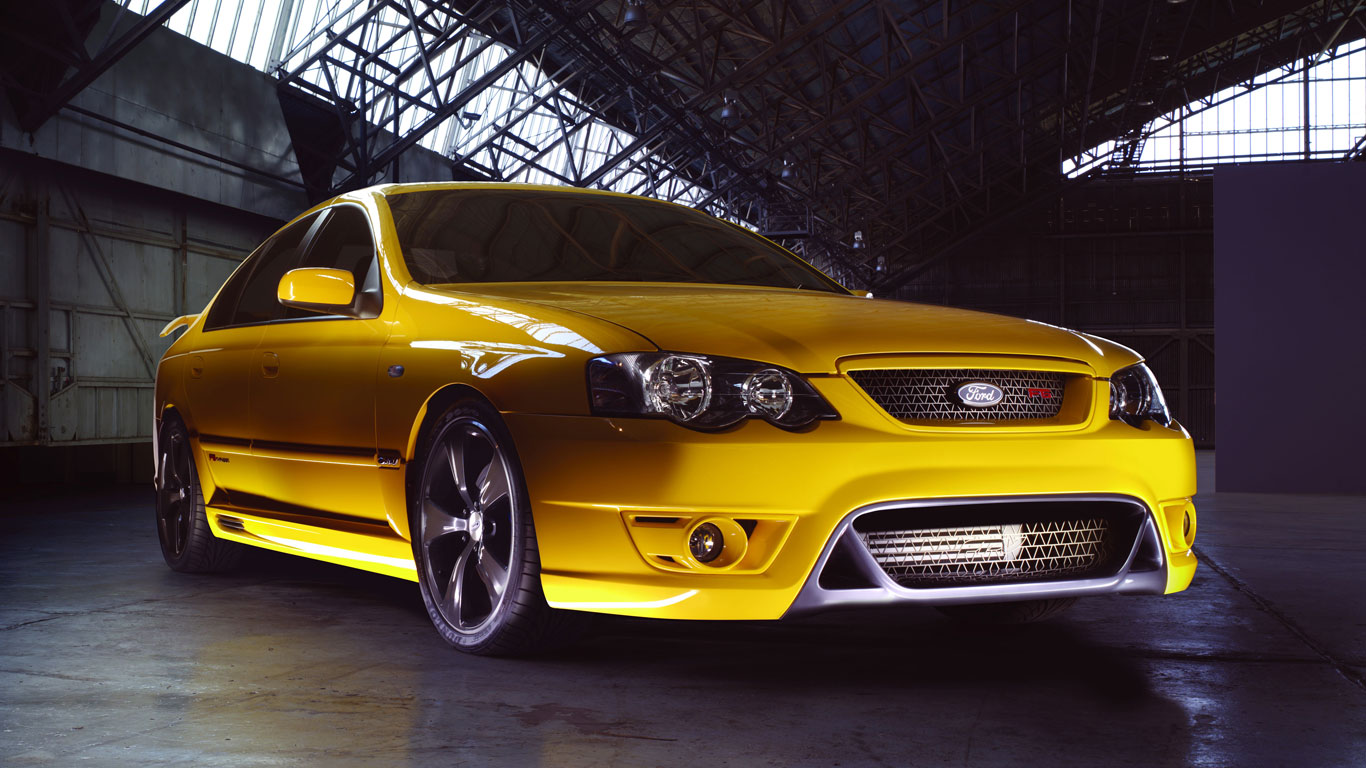
FPV F6
© FordIt might sound like the name of a domestic appliance, but once you realise FPV stands for Ford Performance Vehicles, things start to make sense. Think of the F6 as a performance version of the Ford Falcon, built between 2004 and 2014. Before you say anything, we know, the F6 is powered by a 4.0-liter six-cylinder engine and not a V8. But with as much as 417lb ft of torque available on tap, it’s not short of muscle and it certainly looks the part.
-
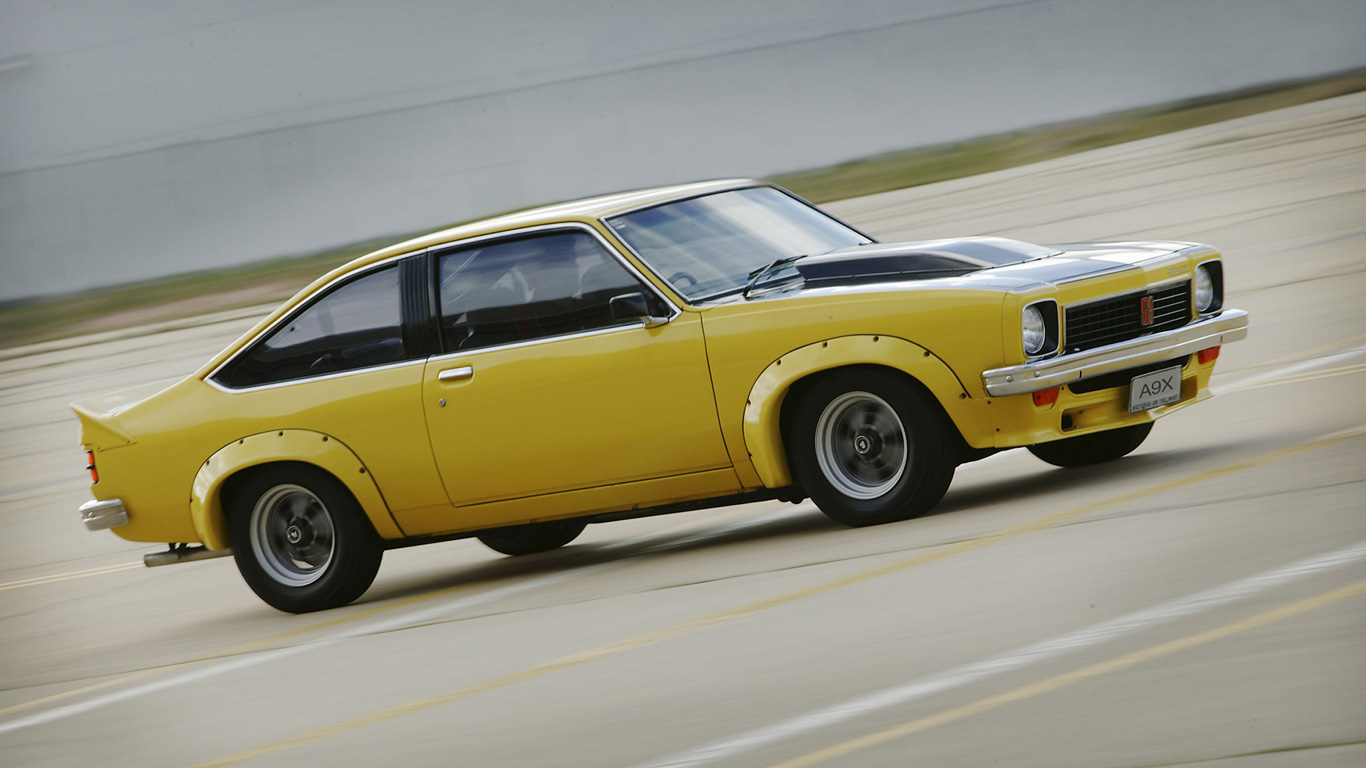
Holden Torana A9X
© HoldenThe Holden Torana was a medium-sized family car built between 1967 and 1980, so it provides the ideal basis for a muscle car. Step forward the A9X of 1977: an option available on the 5.0-liter V8 SLR 5000 saloon and SS hatchback. These homologation specials featured a bespoke floorpan and were stripped back to race specification. For a while, the A9X was a dominant force in Australian touring car racing.
-
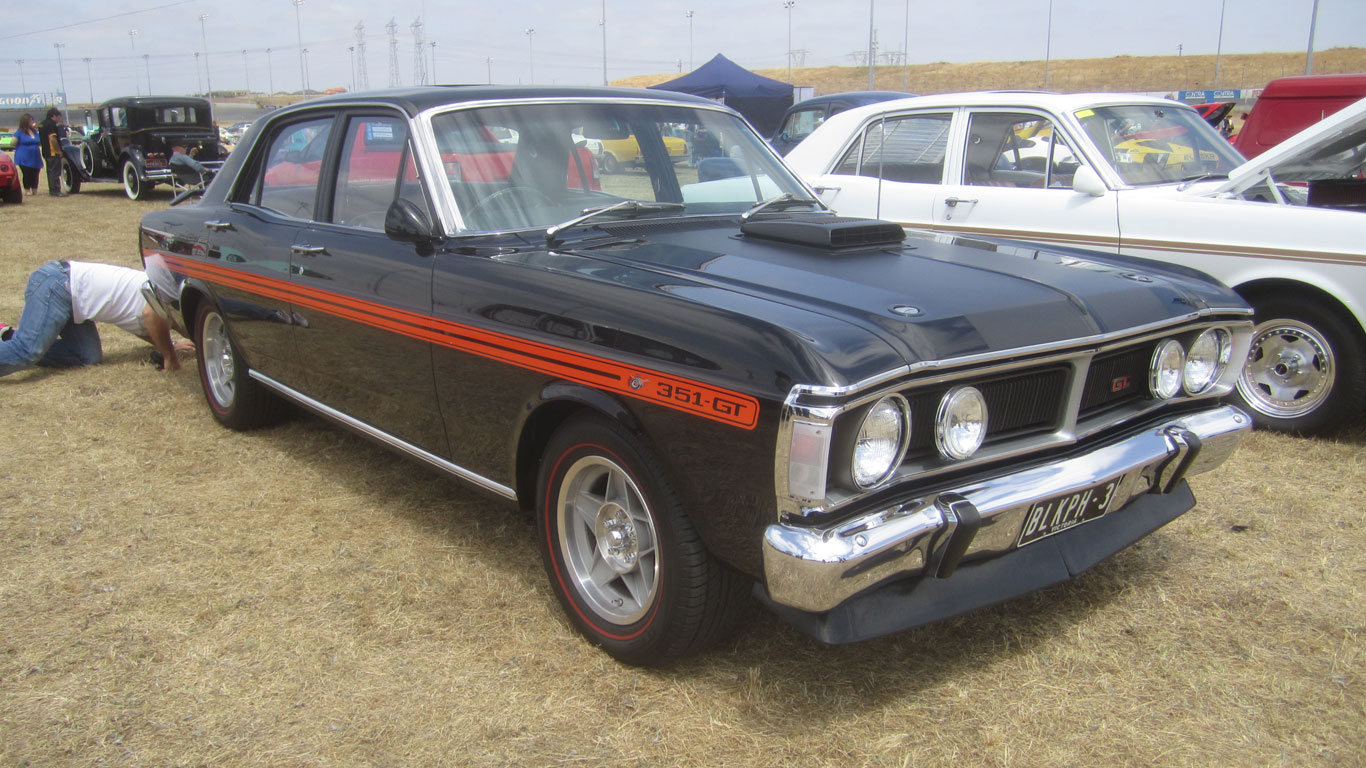
Ford XY Falcon GT-HO Phase III
© Sicnag Wikipedia‘Simply one of the best cars in the world, a true GT that could take on Ferraris and Astons on their own terms.’ Not our words, Lynn, the words of Sports Car World. Draw up a list of the world’s best muscle cars and the Falcon GT-HO Phase III will be somewhere near the top. A mere 300 were built for Bathurst purposes, with the Cleveland 5.8-liter V8 developing in excess of 300hp. If you haven’t done so already, be sure to read Mel Nichol’s epic drive in the book ‘And The Revs Keep Rising’.
-
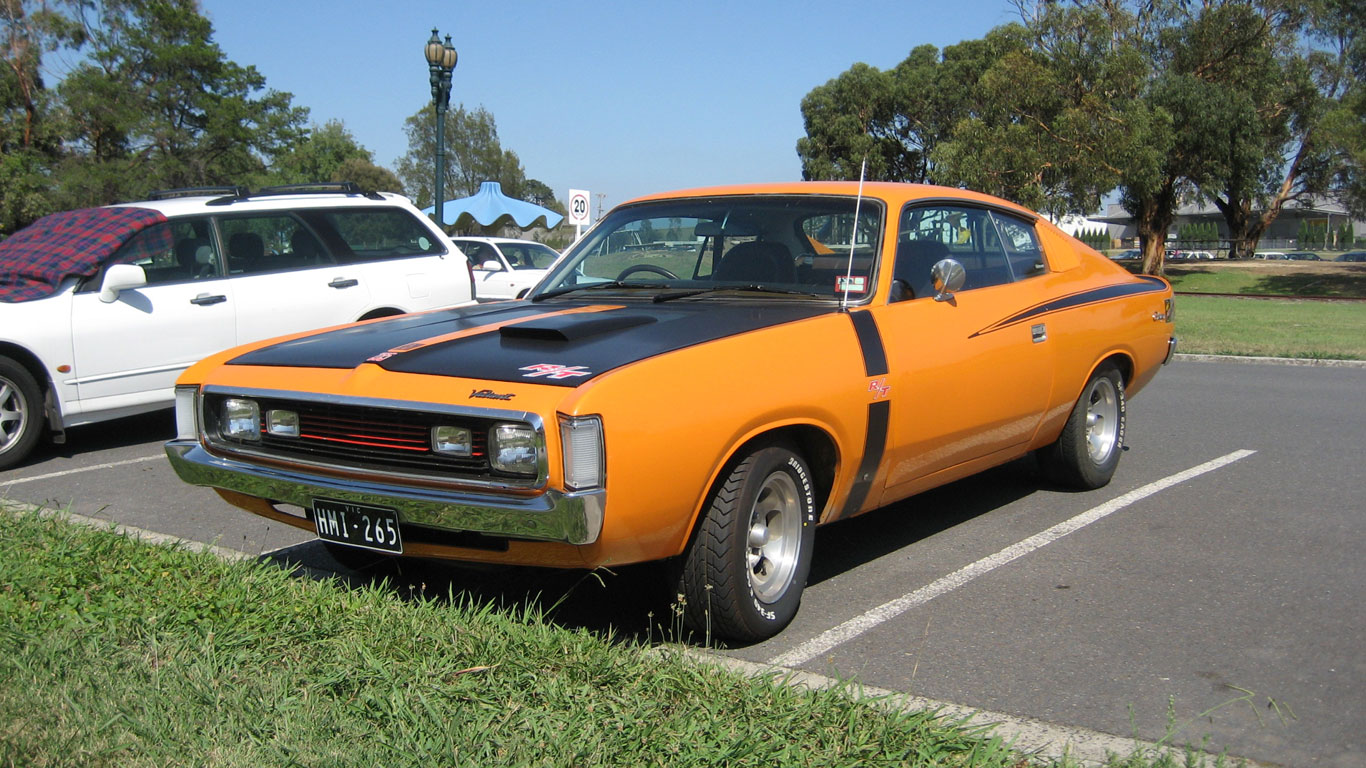
Chrysler Valiant Charger E38
© Sicnag WikipediaThe E38 was the first homologation special based on the Chrysler Valiant Charger and powered by a 280hp Hemi six-cylinder. Yes, six cylinders. But the Valiant Charger was an incredibly successful car for Chrysler, with a range of engines and styling that was pure muscle. There were also V8 versions, powered by the Chrysler LA engine.
-
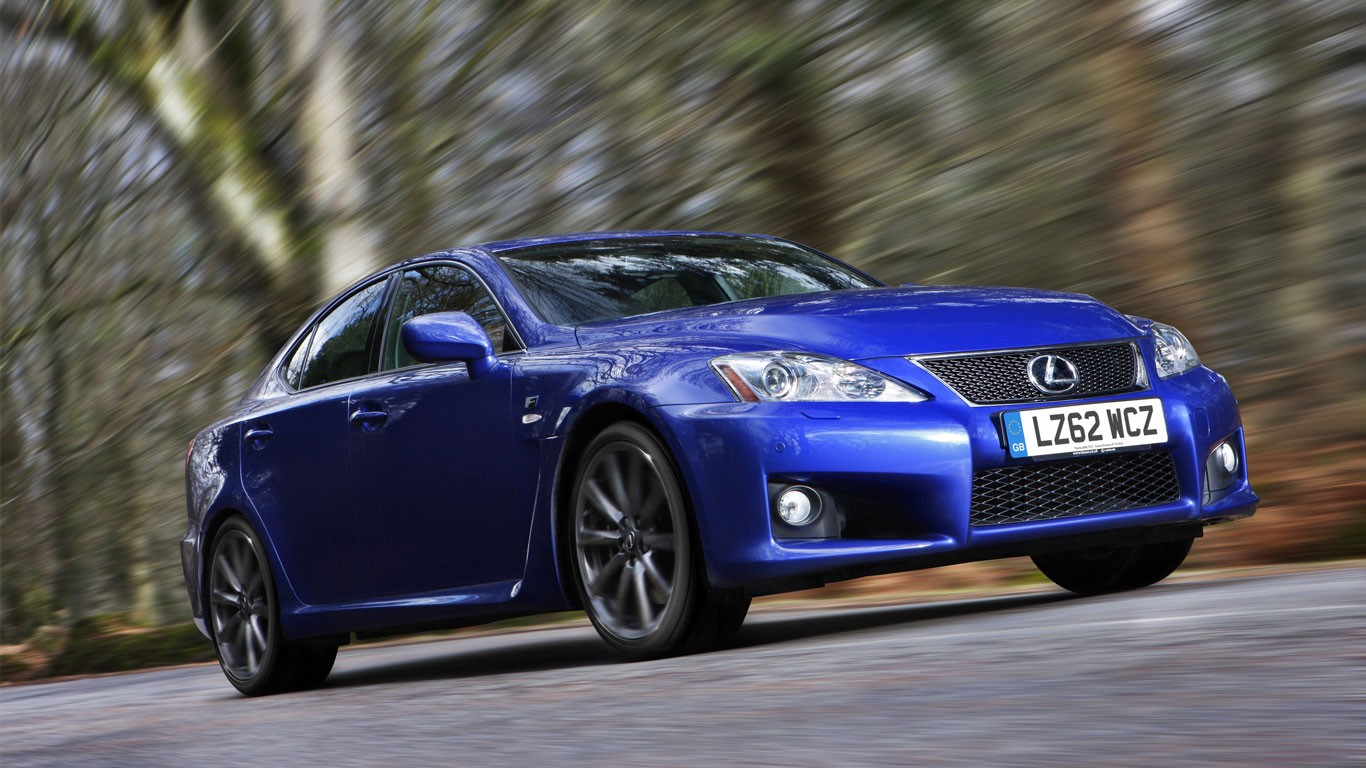
Lexus IS-F
© LexusRemember when Lexus went chasing M cars and AMGs with the IS-F? We believe the IS-F has an aura of muscle car about it, although you could argue it’s a bit too polished, a bit too efficient for inclusion here. But with a 5.0-liter V8 engine up front and 371lb ft of torque being pushed through the rear wheels, it’s not without credentials.
-
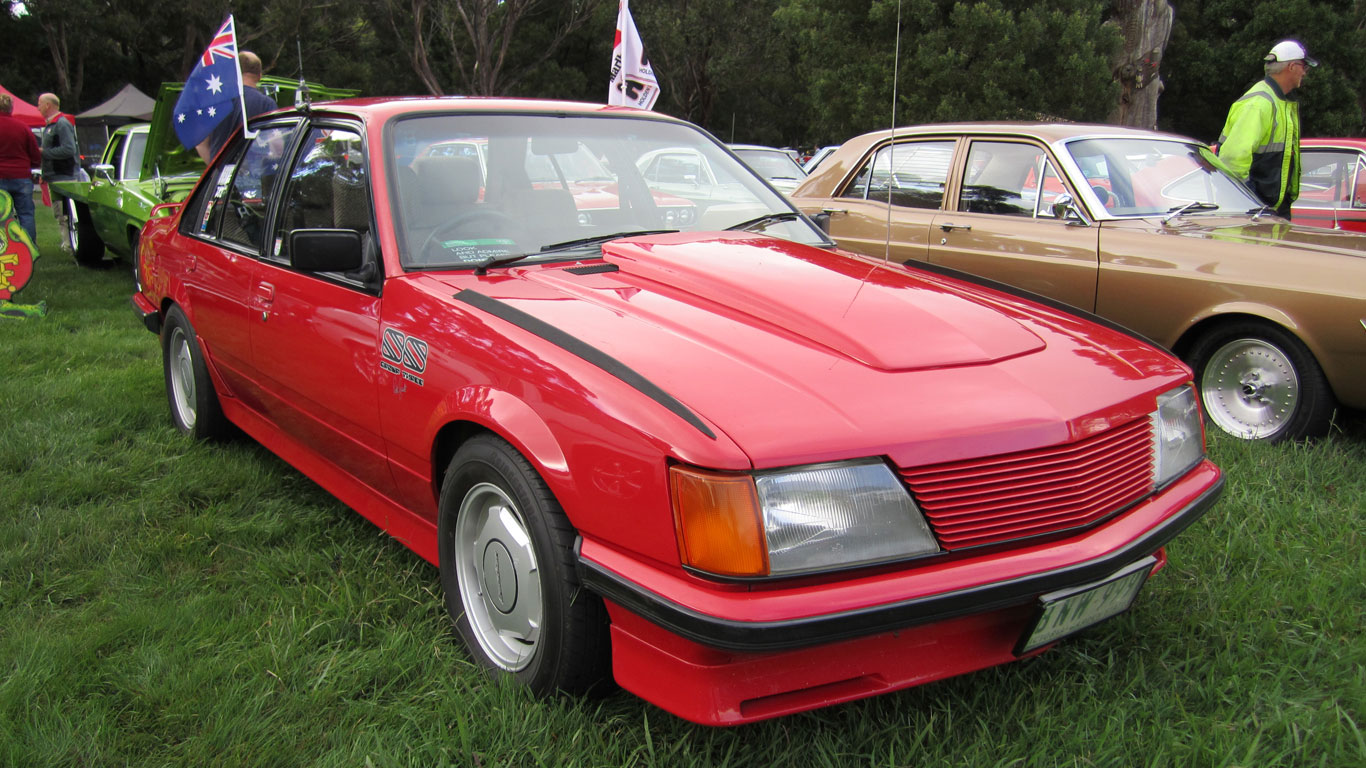
Holden VH Commodore SS
© Sicnag WikipediaThere can be no debate about the Holden VH Commodore SS. Take one medium-size family car, add a 4.1-liter V8 and, hey presto, a muscle car is born. The VH Commodore represented the debut of the SS (Sport Sedan) badge, which has adorned the potent versions ever since. In the UK, it was known as the Vauxhall Monaro.
-
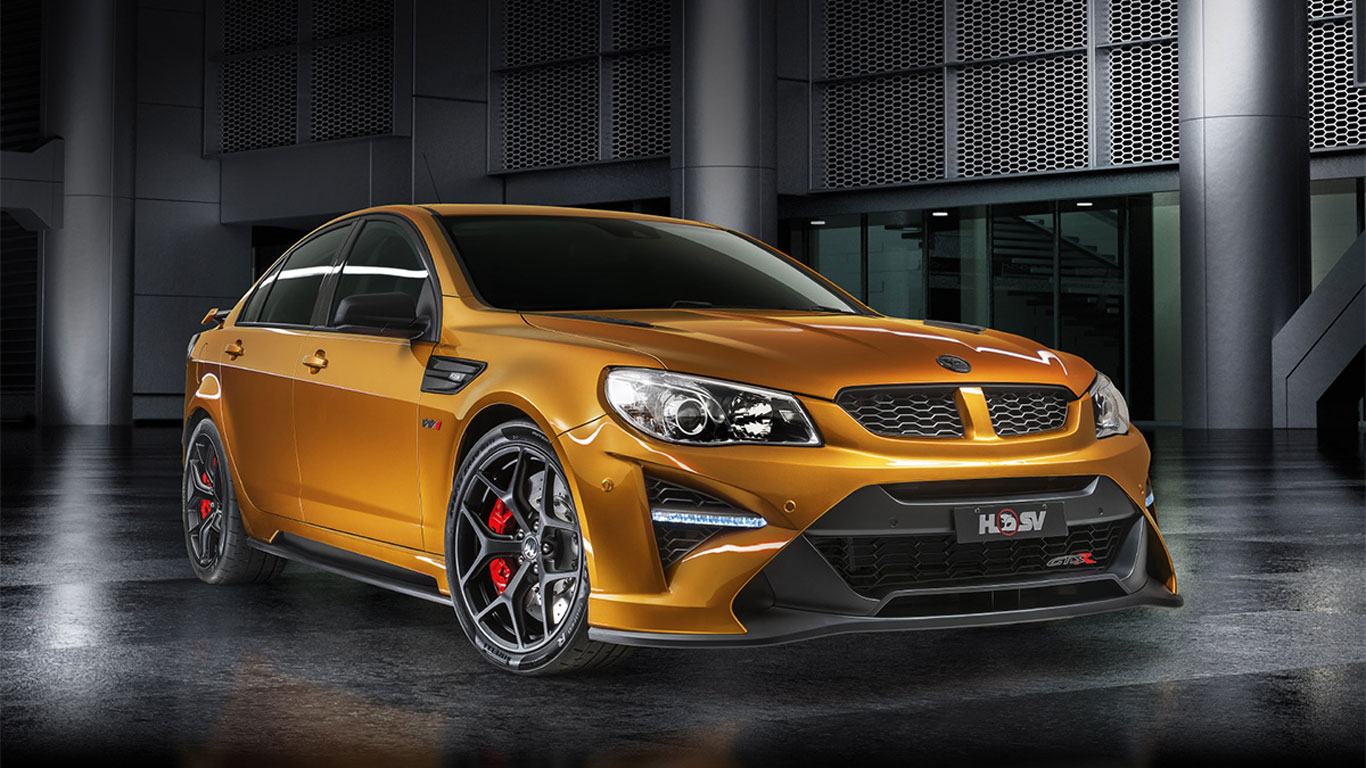
Holden HSV GTSR W1
© HoldenAs the final Holden Special Vehicles (HSV) car to be built in Australia, the GTSR W1’s place in the history books is secured. Its Corvette ZR1-sourced supercharged V8 produces 644hp, with a six-speed manual gearbox strengthened to deal with 601lb ft of torque. Oh, and the Pirelli P Zero Trofeo R tyres are the same rubber you’ll find on a McLaren P1. What. A. Swansong.
-
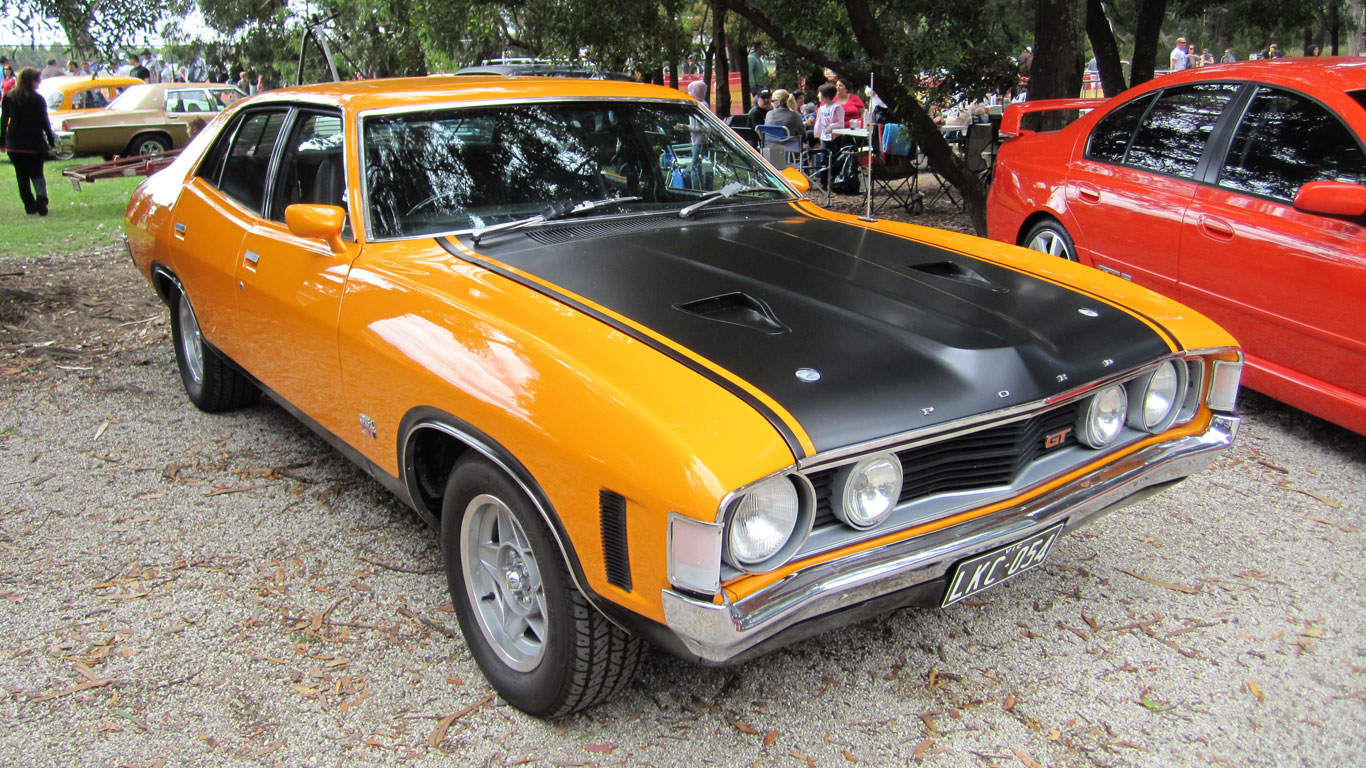
Ford Falcon XA GT
© Sicnag WikipediaThe Falcon XA was the first Ford to be designed and built from the ground up in Australia, making it rather significant. The XA GT was essentially a replacement for the fabled GT-HO Phase III, but Ford was keen to make it feel as much at home on the road as it did on the track.
-
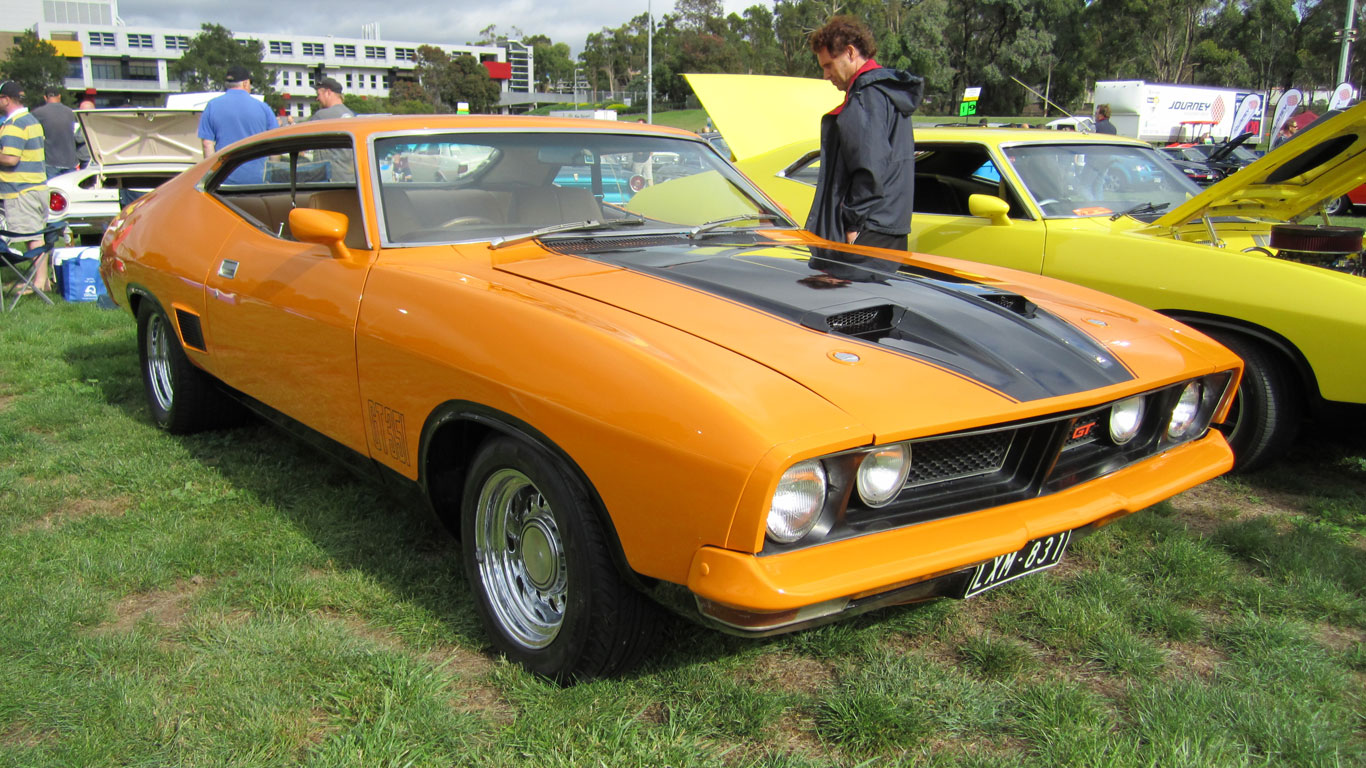
Ford Falcon XB GT
© Sicnag WikipediaThe Ford Falcon XB GT formed the basis for the Interceptor in Mad Max. Even without the movie connection, this is a muscle car in the truest sense, with a solid rear axle, leaf springs and an Australian-built 300hp Cleveland V8. You could add a ‘Concorde’ nose, if you fancied yourself as a kind of Max Rockatansky for the new millennium.
-
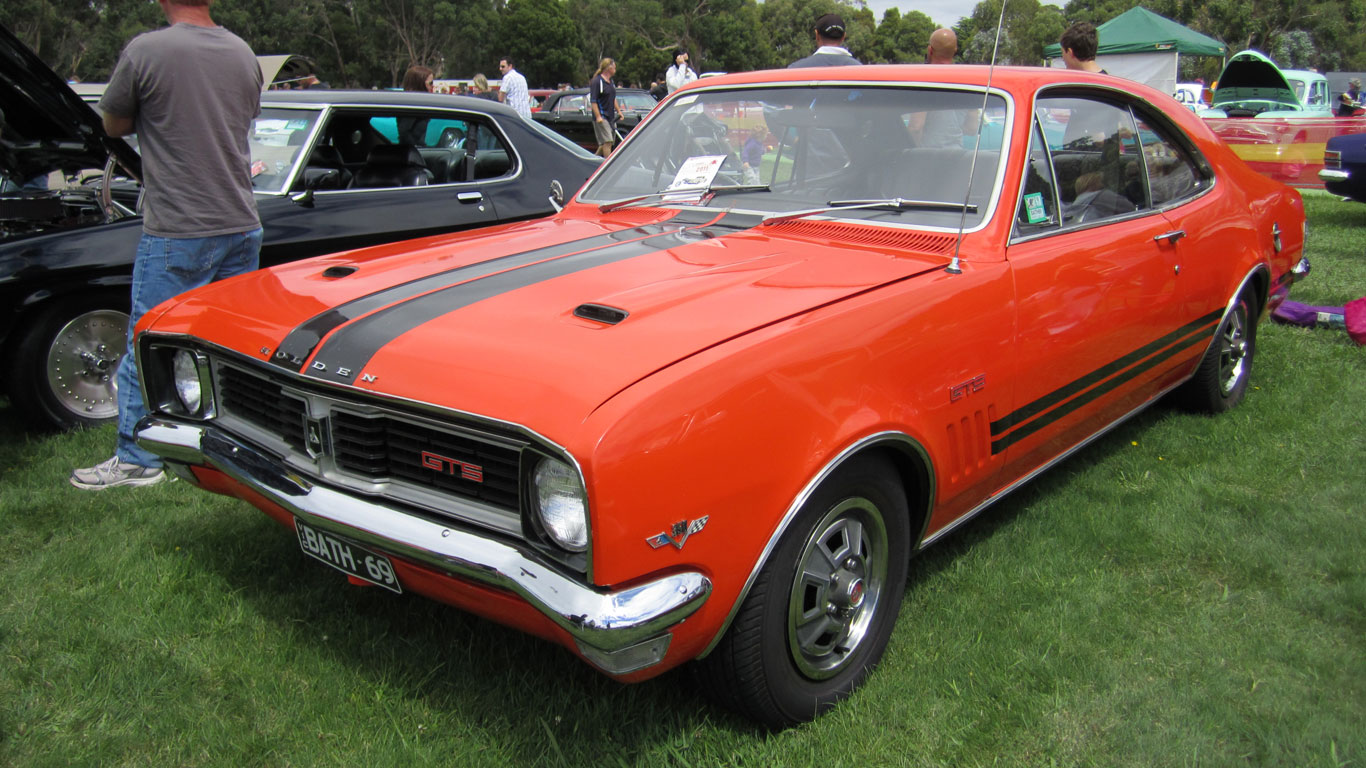
Holden Monaro GTS 350
© Sicnag Wikipedia‘The race-bred GTS 350 was fast. It’d give you 55, 79, 99 and 130mph in the gears; 0-60mph in 7.0 sec, 0-100 in 16, and 14.8 for the standing quarter mile. Among contemporaries, only Ford’s Falcon GT-HO – another of the great Australian muscle cars of the early ‘70s – could shade it (just).’ An excerpt from the aforementioned ‘And The Revs Keep Rising’. It’s a must-read book.
-
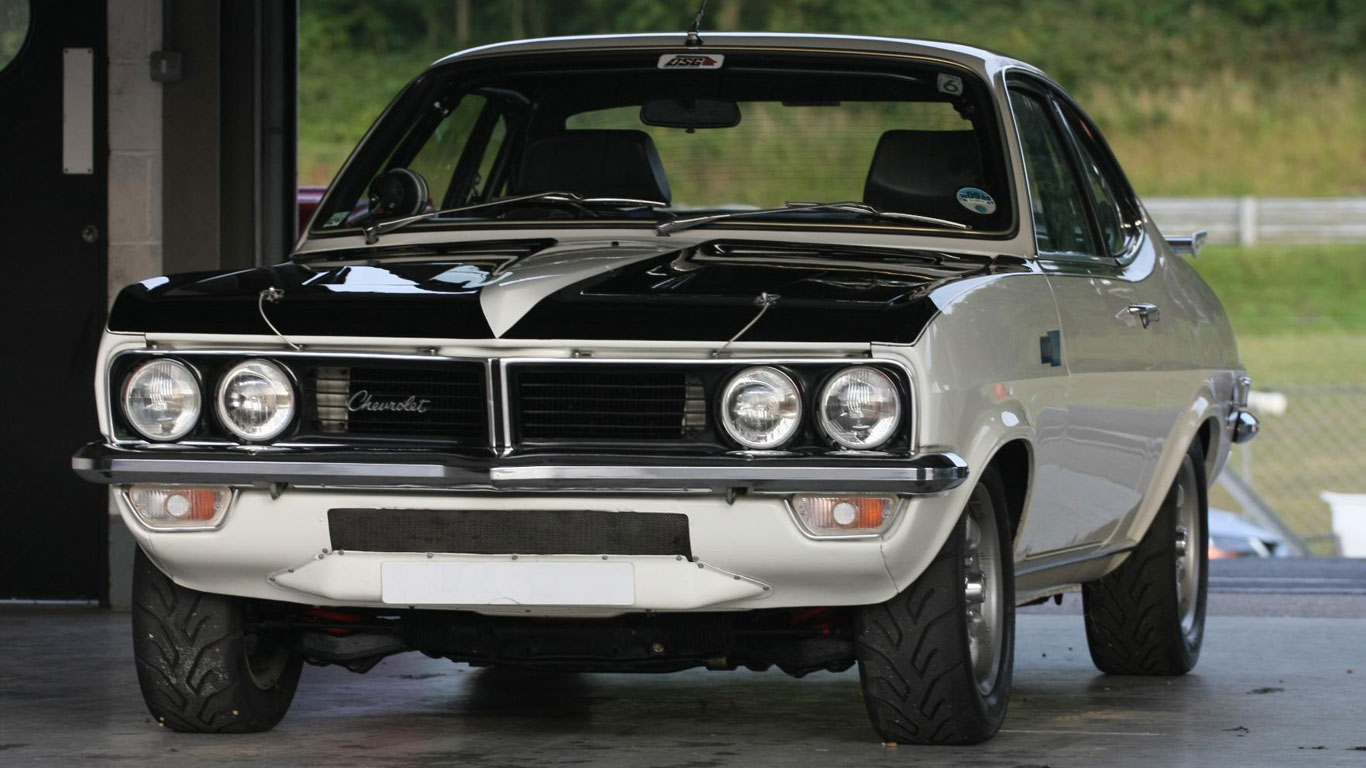
Chevrolet Can-Am ‘Little Chev’
© Tony Harrison WikipediaAccording to African Muscle Cars, the Chevy Can-Am was an ‘insane car’. They’re not wrong – beneath the hood of the Vauxhall Firenza was the beating heart of a Z28 engine lifted from the Chevrolet Camaro. If you’re after figures, the ‘Little Chev’ offered 290lb ft of torque and a 0-60mph time of under 5.4 seconds. It’s probably the best ‘Vauxhall’ you’ve forgotten about.
-
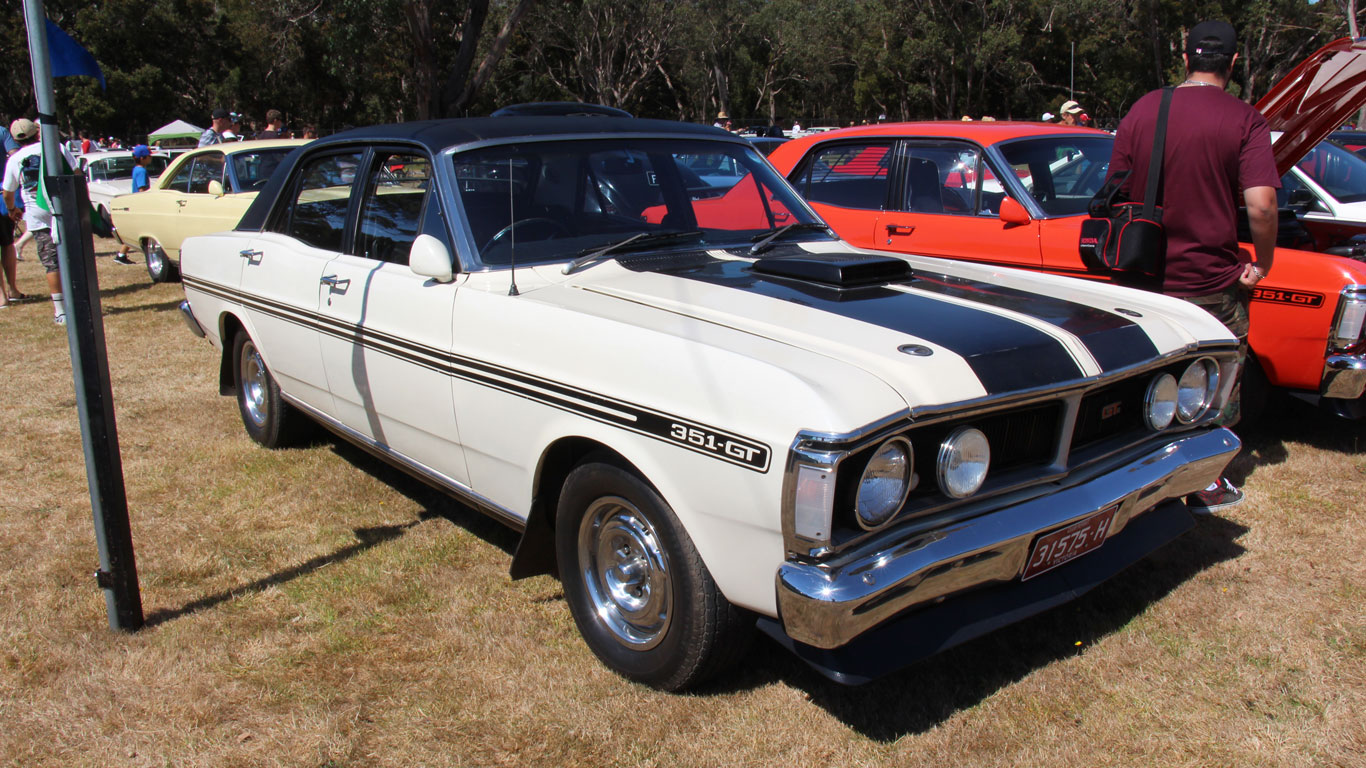
Ford Fairmont GT
© Sicnag WikipediaAnother South African diamond here, this time in the shape of the Ford Fairmont GT. According to African Muscle Cars, it was based on the Australian Ford XW Falcon GT and built from 1970 to 1973. We love the summary in Car magazine, June 1972: ‘It is not a family car, nor is it a street rod for the boy-racers to play around with. It is the type of car which, in America, provides ammunition (and some justification) for the legislators who want to restrict horsepower and govern engine speeds.’ The Fairmont GT: what a rebel!
-
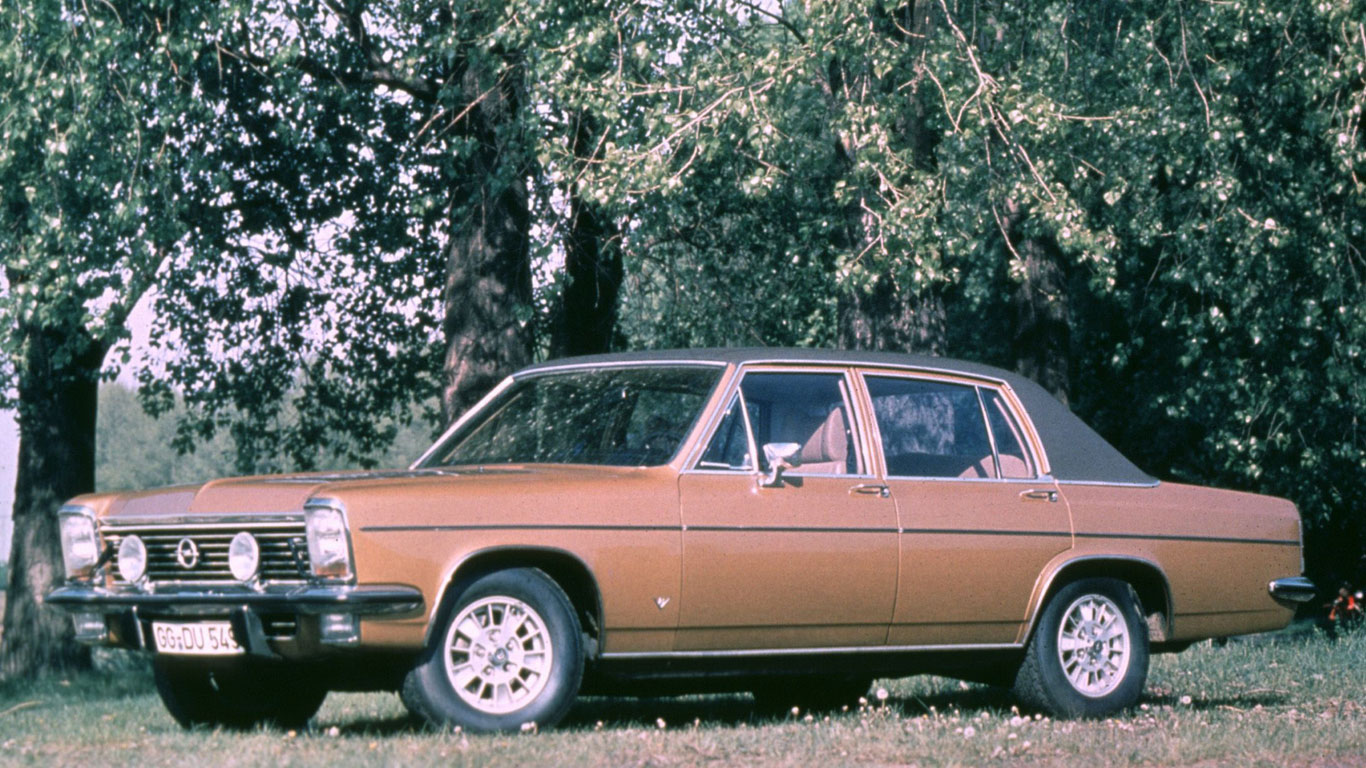
Opel Diplomat V8
© OpelWe conclude with something fruity from Opel. As a large, luxury car, the Diplomat doesn’t satisfy the strict criteria required for a muscle car, but by using a Chevrolet V8 engine in the flagship models, Opel hoped to compete with Mercedes-Benz. This is muscle, German style.